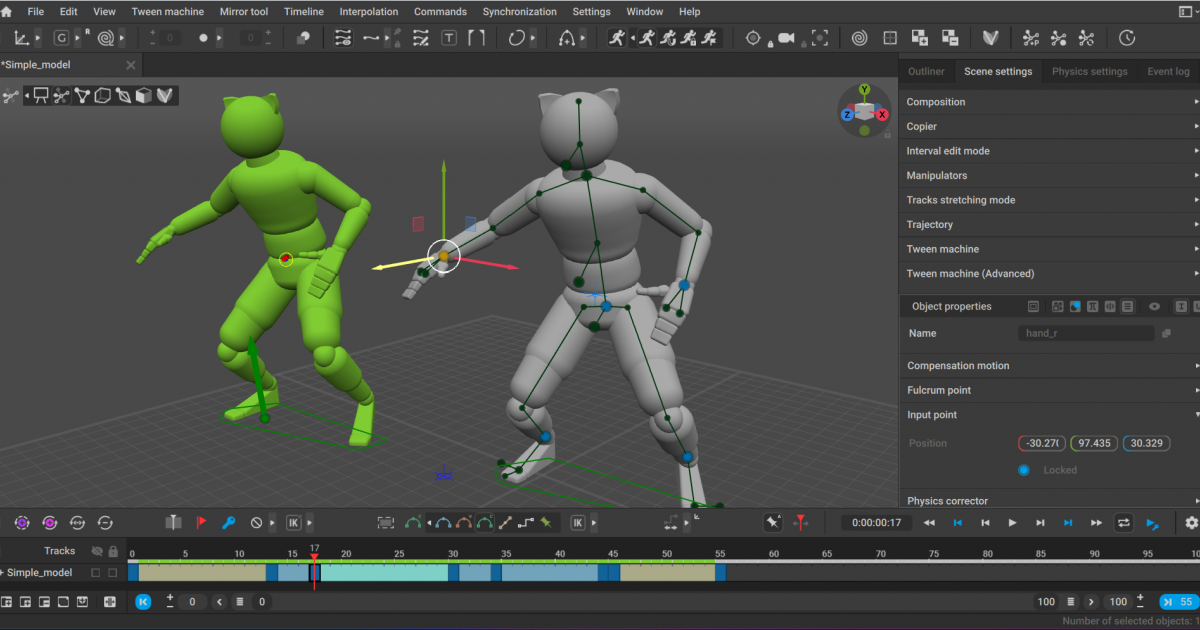Quick Overview
If you’re delving into the world of animation, choosing the Best 3D Animation Software is crucial. In this guide, we’ll explore the top picks for 3D animation software in 2024. Whether you’re a beginner or a seasoned professional, we’ve got you covered with both free and paid options.
Free Tools:
Cascadeur: Great Free 3D Animation Software For Video Games & Movies
Cascadeur: Great Free 3D Animation Software For Video Games & Movies
Pros:
– Ideal for game designing.
– Realistic animations for various character types.
– Free for non-commercial users and small enterprises.
Cons:
– Limited features and support in the free version.
Cascadeur developed by game maker Nekki, stands out as a physics-based animation software. It empowers developers to create lifelike character animations without relying on motion capture technology.
Blender: Best Free 3D Animation Software
Blender: Best Free 3D Animation Software
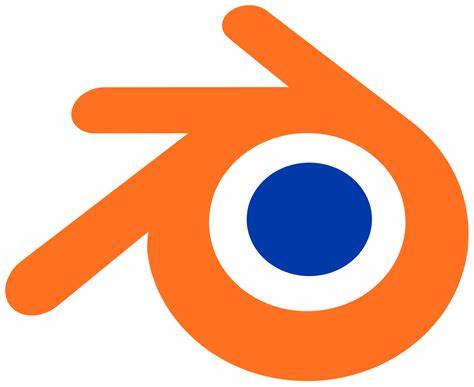
Pros:
– Open-source and versatile for the entire 3D pipeline.
– Suitable for various applications, from advertisements to video games.
– Strong support for 2D animation.
Cons:
– Steep learning curve.
Blender an open-source 3D software, offers a comprehensive suite of tools for modeling, rigging, animation, and more. Despite its complexity, Blender is a powerhouse, rivaling top-paid software like Maya. Its flexibility extends to both 2D and 3D animation, supporting features like motion capture and facial motion capture. With a robust community and extensive documentation, Blender is an excellent choice for those willing to invest time in mastering its capabilities.
Paid Tools:
Moreover, as we delve deeper into the paid tools, let’s explore another industry favorite.
Maya: The Industry Best
Maya: The Industry Best
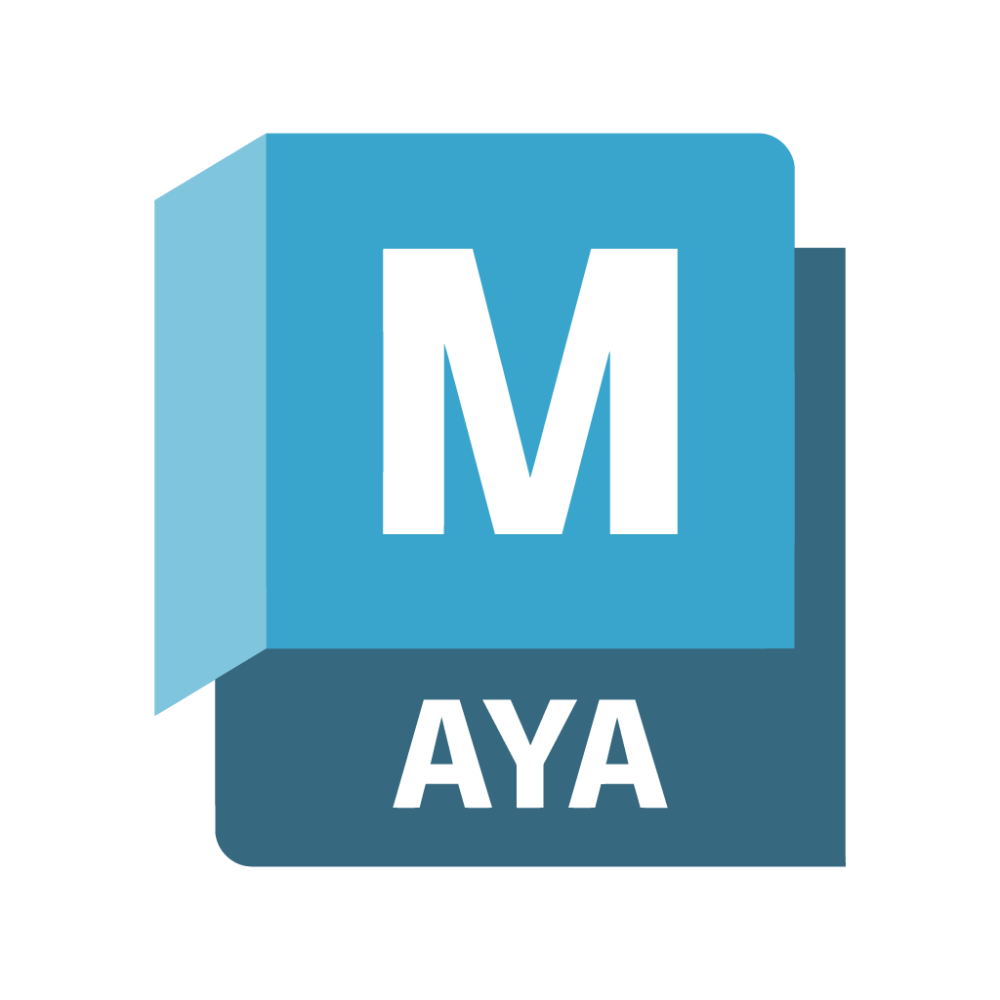
Pros:
– Widely acclaimed as the best 3D software.
– Versatile features for creating complex characters and vast worlds.
– Packed with useful tools.
Cons:
– High cost.
Autodesk’s Maya reigns supreme as the go-to 3D animation software. Its extensive use in Hollywood productions, TV series, and video games attests to its exceptional quality. Maya excels in creating intricate characters, realistic effects, and expansive environments. Features like Bitfrost for custom effects and Arnold for advanced rendering showcase its versatility. Transitioning to the world of paid software, Autodesk Maya emerges as the overall best choice for seasoned professionals.
Cinema 4D: Best Animation Software for Beginners
Cinema 4D: Best Animation Software for Beginners
Pros:
– Powerful yet user-friendly.
– Intuitive interface suitable for beginners and experienced animators.
– Renowned for stability.
Cons:
– Slow rendering times.
Cinema 4D, developed by Maxon, strikes a balance between power and simplicity. Its user-friendly interface makes it accessible to both beginners and experienced animators. The software’s stability is ensured through rigorous testing, and regular service packs optimize performance. With an easy learning curve, abundant tutorials, and a supportive community, Cinema 4D is an excellent choice for those starting their 3D animation journey.
Houdini: Best 3D Animation Software with Free Version
Houdini: Best 3D Animation Software with Free Version
Pros:
– Enables free work and easy collaboration.
– Intuitive tools for animators.
– Excels in complex simulations and accurate 3D animations.
Cons:
– High cost.
Houdini, an industry-leading software, caters to 3D animation, visual effects, and game development. Moving on to the realm of professional software, Houdini offers an impressive array of features, making it indispensable for complex simulations. Its node-based workflow and procedural modeling approach empower animators to work freely and share workflows seamlessly. The software’s intuitive tools, coupled with features like auto-rigging and fluid simulation, elevate the quality of animations. While Houdini comes at a cost, its flexibility and capabilities make it indispensable for professionals in the field.
Autodesk 3DS Max: Best 3D Animation Software for Windows
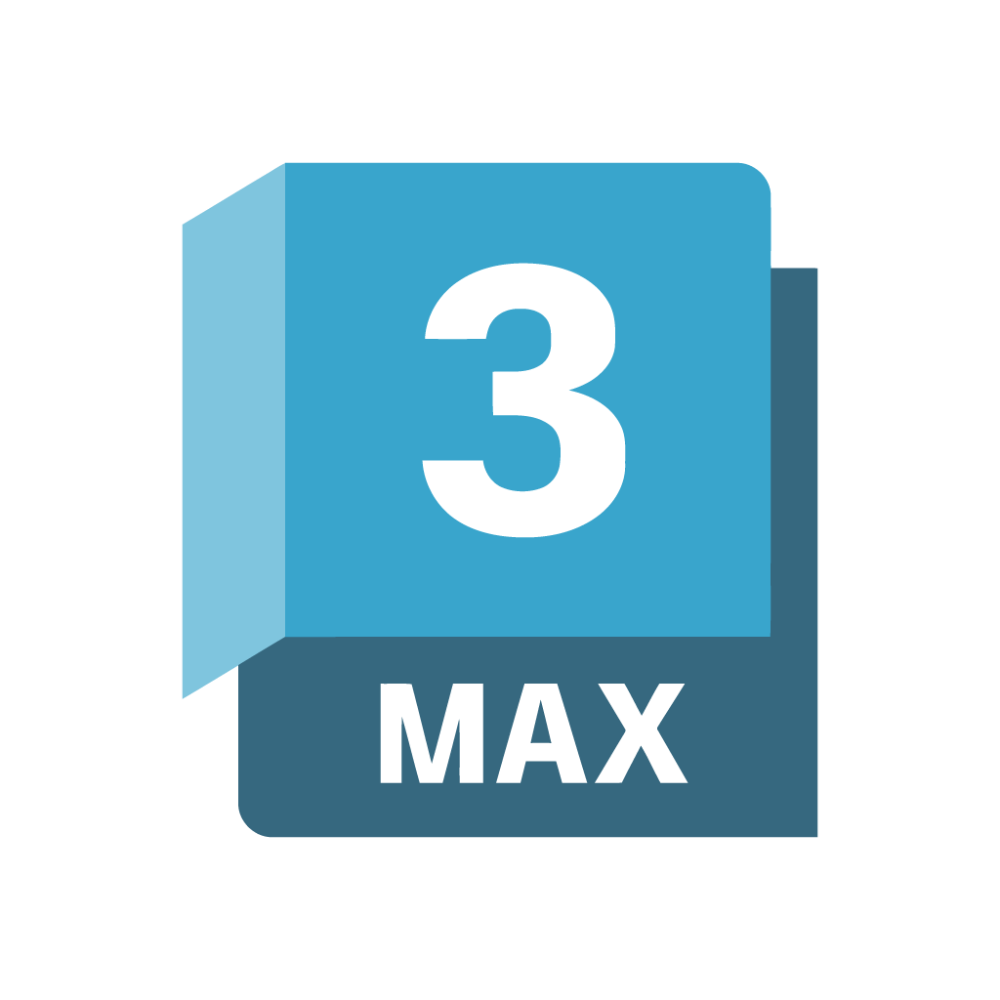
Pros:
– Comprehensive 3D animation capabilities.
– Ready-made yet customizable character rigs.
– Popular for modeling and rendering.
Cons:
– High cost.
Another gem from Autodesk, 3DS Max, excels in 3D modeling and rendering. Furthermore, its comprehensive animation capabilities, including character animation tools like Character Studio and CAT, make it a powerhouse. The software’s versatility extends to fluid simulation and animation tools like wire parameters and motion mixer. While it comes at a significant cost, 3DS Max is a valuable asset for professionals engaged in animation, game development, and architectural visualization.
3D Animation Software Explained
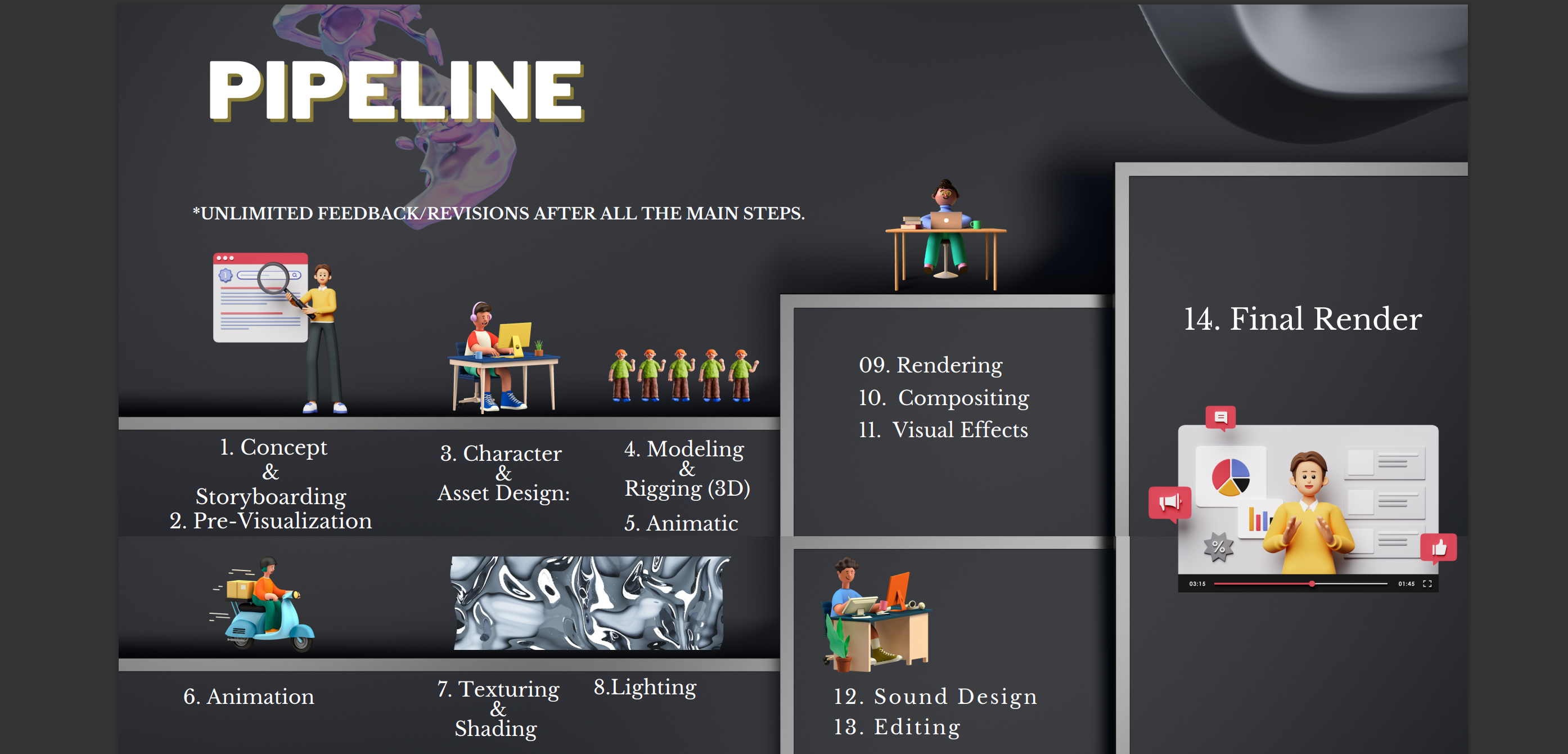
Creating lifelike animations involves a series of steps, from 3D modeling and texturing to rigging and rendering. The process integrates design software to bring objects to life in a three-dimensional space. Animators can manipulate objects, apply lighting and camera settings, and finally render the finished model. 3D animation software finds applications in presentations, architecture design, prototype modeling, and is widely known for its role in film, TV series, and video game design.
In conclusion, choosing the right 3D animation software depends on your specific needs and skill level. Whether opting for free tools like Cascadeur and Blender or investing in premium options like Autodesk Maya and Houdini, each software offers unique features to cater to diverse animation requirements.
Q&A Section
Q1: What are the key features to consider when choosing 3D animation software?
A1: When selecting 3D animation software, crucial features include versatility, ease of use, support for different animation types, rendering capabilities, and compatibility with other software in your workflow.
Q2: Are there any free 3D animation software options suitable for professional use?
A2: Yes, Cascadeur and Blender, among others, offer free versions with professional-grade features. While some limitations exist, these tools are excellent choices for users on a budget.
Q3: How can animators benefit from the node-based workflow in software like Houdini?
A3: A node-based workflow, as seen in Houdini, allows animators to create and modify animations in a visual and non-linear manner. Furthermore, this approach enhances flexibility, collaboration, and the ability to iterate freely.

